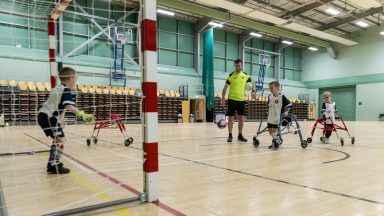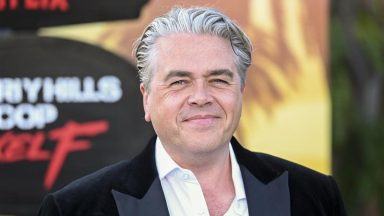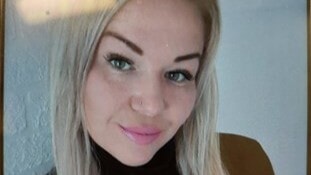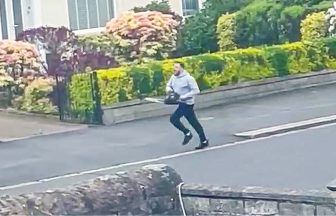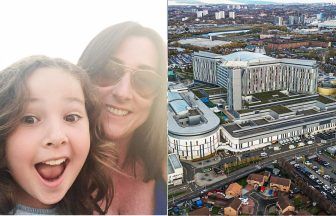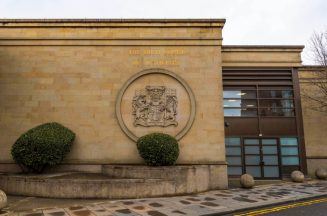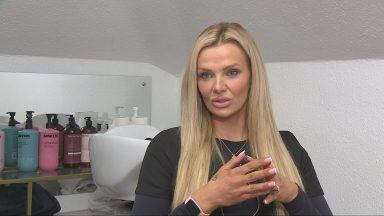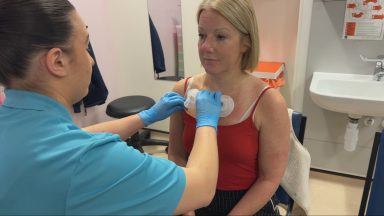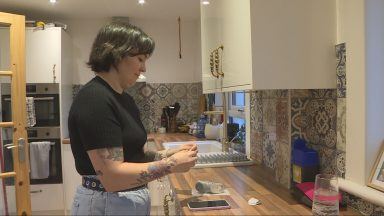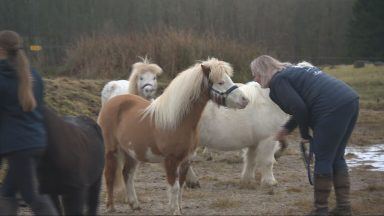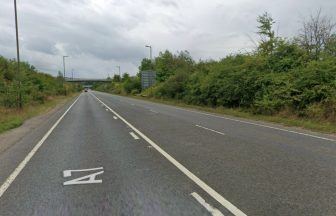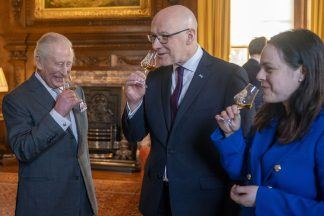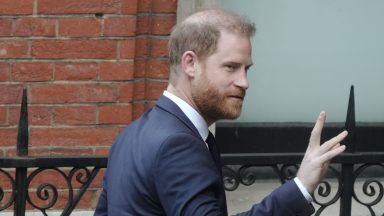Edinburgh’s councillors have voted to remove a ‘low traffic neighbourhood’ scheme in Morningside despite claims it would endanger “thousands” of children who walk and cycle to school.
The move will see “modal filter” planters which currently restrict through traffic on some roads in the Braid Estate removed and a segregated cycle lane installed through the area.
Engagement with residents on whether the measures, first introduced during the pandemic, should be kept in place or altered in response to complaints they had turned some previously quiet streets into ‘rat runs’ saw the community “divided between three options,” Labour transport committee convener Scott Arthur said.
One councillor said the issue had “pitted neighbour against neighbour and street against street” and urged her colleagues to honour the results of the survey.
Another slammed the decision arrived at by elected members, who at the start of the meeting had pledged to do everything in their power to prevent a repeat of a crash which resulted in the death of 11-year-old Thomas Wong in Barnton last week.
Cllr Jule Bandel, Greens, said: “How can you mourn the horrific loss of a young cyclist’s life in a traffic collision and then mere hours later at your first tangible opportunity to do something and make sure this never happens again vote for an option that the officer report tells us compromises on-road safety in a residential area close to schools on a route used by kids?”
In the end the committee backed the option which received the highest level of support – 48% in the consultation – to re-open Braid Avenue and Braid Road to through traffic with a new £400k cycleway along Braid Avenue and Hermitage Drive.
Meanwhile a traffic filter at the northern end of the Greenbank to Meadows scheme which prevents through traffic on Whitehouse Loan south of Strathearn Road will remain in place, and a new filter will be introduced on Clinton Road between Church Hill and Pitsligo Road.
Cllr Arthur said the agreed changes would address problems with traffic cutting through the area while “keeping cyclists safe”.
Transport officials said as a result there would be “reduced traffic volumes on Midmar Gardens and Hermitage Gardens, increased traffic volumes on Braid Avenue and retention of a safe walking, wheeling, and cycling route”.
However Ed Hawkins from the Blackford Safe Routes group warned councillors children’s safety was ”being put at risk”.
He said 90% of James Gillespie’s Primary pupils walk or cycle to school and highlighted there were six primary schools near the ‘quiet route’ including St Peters’ RC, South Morningside and Cannan Lane, adding: “It affects thousands of children.”
He said: “Modal filters reduce the risk of death and serious injury by 50% – including for drivers. The safety of people has always been at the heart of Blackford Safe Routes and we were reminded of how dangerous Edinburgh’s roads are last week.
“We question why the council are looking to remove a successful low traffic neighbourhood in favour of high cost segregated cycle lanes. Although the consultation returned a mix of views, consultations are not referendums.”
Lib Dem councillor for Morningside Neil Ross said residents were “justifiably frustrated by the way this scheme has been handled by the council since it was imposed on them during the pandemic without consultation”.
He said there were “too many safety concerns for cyclists around modal filters and at junctions in the Braid Estate”.
He added: “Previously quiet streets in the area have been turned into rat runs, that are less safe for pedestrians and cyclists, that work against the scheme’s objectives.
“Residents have clearly expressed a preference for option three. This option provides a defined and protected into the city.
“So it should encourage more people to get out of their cars and choose to cycle into the city.”
“It will lead to a reduction in air pollution and an increase in safety. There is no doubt in my mind will enhance cyclist safety and promote active travel.”
Councillor Marie-Clair Munro, Conservatives, said: “This scheme has pitted neighbour against neighbour and street against street, which is a great shame.
“And this is not about the residents of the Braid Estate who shout the loudest; it’s about residents who want their voices heard, regardless of their preferred option.
“We as a committee must never lose sight that the residents of our city at the end of the day are our employers. We have a duty to listen to them.
“While there will be many people disappointed by the result today I want to thank every single resident, regardless of what option you voted for, for taking part.”
Councillor Danny Aston said the SNP group could not support the removal of traffic filters from the Braid Estate “which have made it safer for pedestrians”.
He said: “The safety benefits currently enjoyed by pedestrians in the area are as a result of those modal filters. No matter how good a segregated cycle route that goes in that will not improve the safety of pedestrians – and in particular I’m talking about school kids who are walking to school as they do in great numbers in the area.”
Follow STV News on WhatsApp
Scan the QR code on your mobile device for all the latest news from around the country


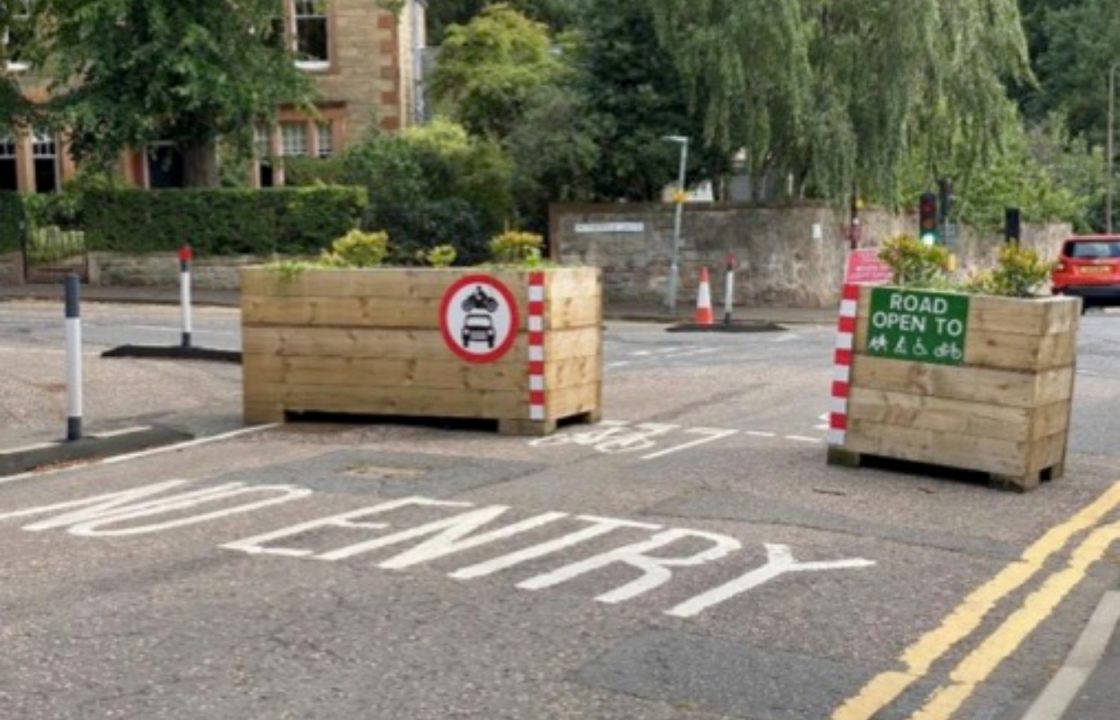 LDRS
LDRS

